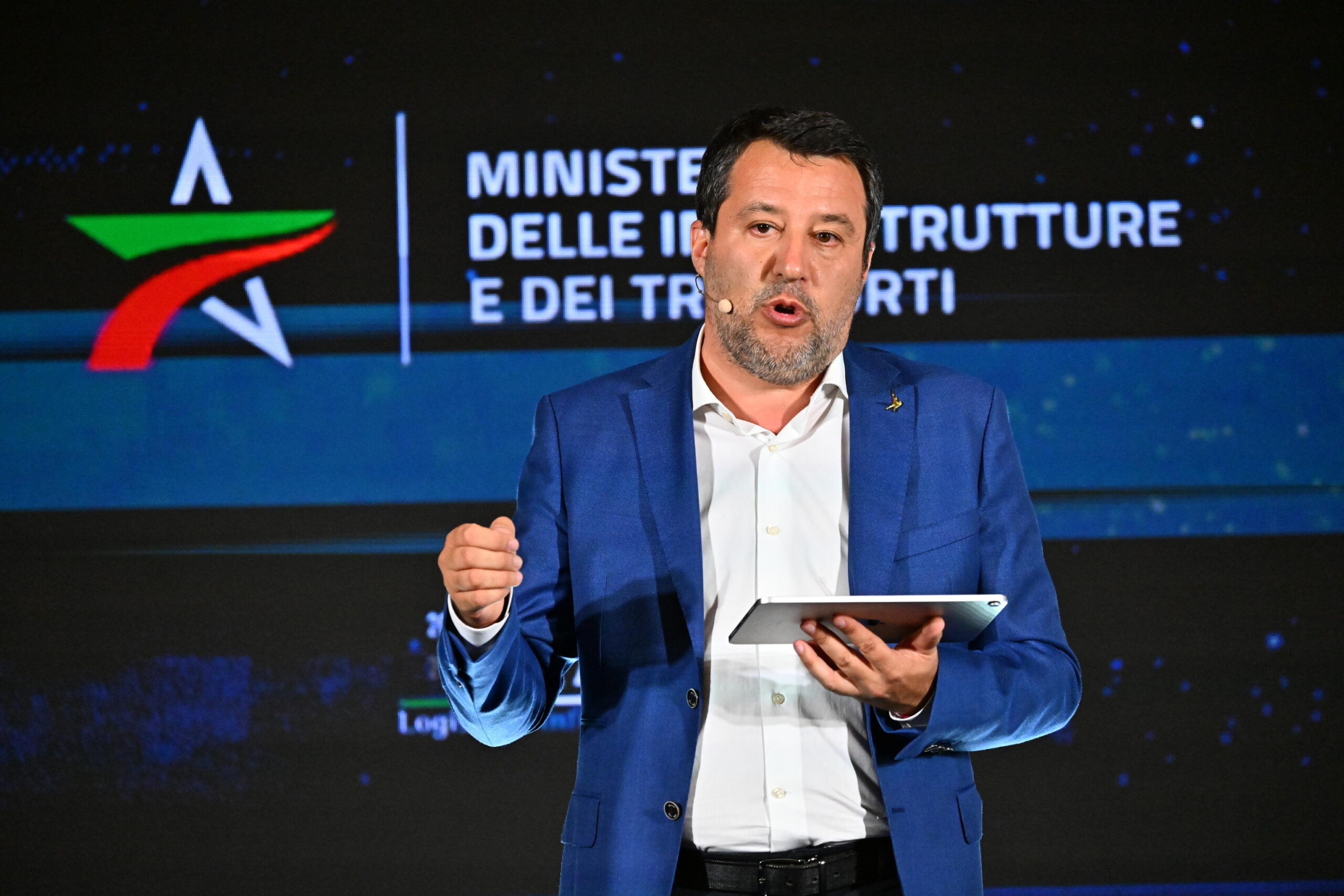A deep hole in the Arctic ice sheet. Inside is a tube connected to a pump that takes seawater and projects it onto the ice. An idea as simple as it is ambitious that of certain scientists from the Climate Repair Center at the University of Cambridge: thicken the ice in order to slow down its melting. More precisely, as explained by Shaun Fitzgerald, director of the center cited by BBC, “the ultimate goal of the Arctic experiment is to thicken the sea ice enough to slow or even reverse the melting already observed.” One of the team's scientists called the idea “pretty crazy.” In fact, “we really don't know enough to determine whether it's a good or bad idea.”
Salted ice cream
The experiment takes place in Cambridge Bay, a small village in the Canadian North, almost of the same name as the English university town from which the researchers set out. The temperatures are not mild there, even at this time of year. During the March 2024 experiment, maximum temperatures were recorded around 20 degrees below zero and minimum temperatures around 40 degrees below zero. With these values, even salty seawater freezes quite quickly. That's why scientists are spraying a thousand liters of it per minute onto the ice sheet, in the hope that the thickening will help the ice survive the warm season. In fact, in the small area dedicated to the study, the ice rose by several tens of centimeters. But there is a risk that saltier ice, compared to that formed by snowfall, will melt more quickly over the summer.
Skepticism from colleagues
The researchers are aware of the skepticism of many colleagues towards the project that, if implemented on a large scale, the experiment could change the salt composition of the Arctic Sea with unexpected effects. “We are not promoting this solution to climate change in the Arctic here,” Fitzgerald emphasizes. “We say this could be part of it, but we need to know a lot more before society can decide whether it makes sense or not.” Clearly, this geoengineering experiment will be of little use if it is not supported by a reduction in carbon dioxide emissions into the atmosphere. In fact, based on current trends, it is likely that the Arctic Ocean will be ice-free in late summer at least once by 2050, and perhaps even sooner.

